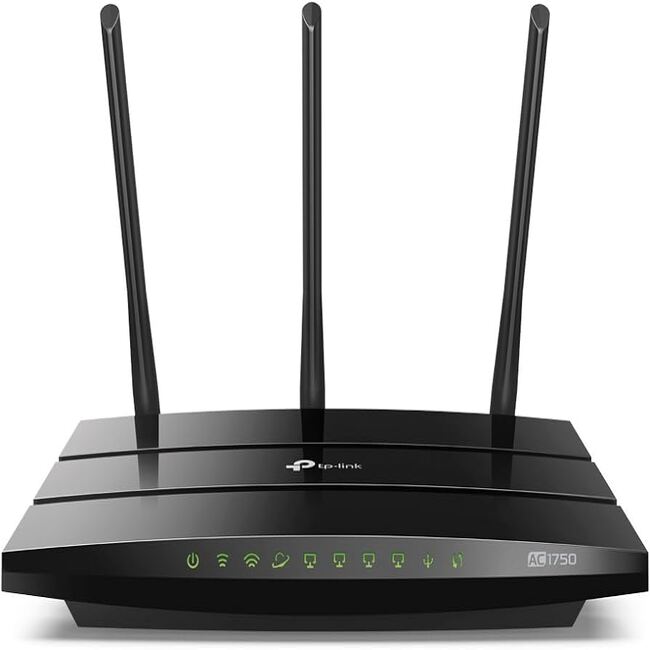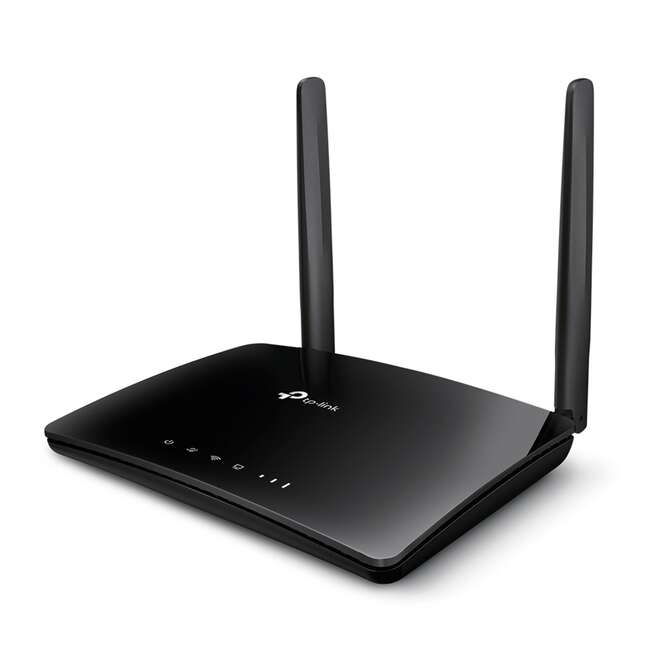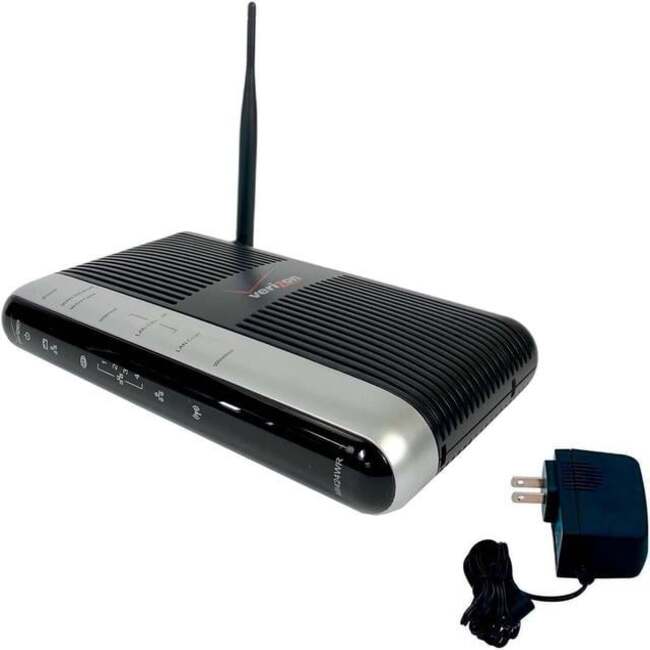Set up a router can seem daunting, especially if you’re unfamiliar with networking equipment. However, understanding the process is essential for a seamless Internet connection. This guide will walk you through the steps. You’ll be able to enjoy high-speed Wi-Fi throughout your home or office by the end.
Importance of Proper Router Set up
Having a properly configured router can enhance your Internet experience. A well-set-up router not only improves speed but also increases security. Additionally, a correctly positioned router makes sure all necessary devices can connect smoothly.
Why Speed Matters
Your router’s speed is vital, especially in today’s world. Most of our tasks demand fast Internet connections. Streaming, gaming, and telecommuting are examples of activities requiring stable speeds. The proper configuration minimizes interruptions and buffering.
Enhancing Security Measures
One of the main reasons for setting up your router properly is security. In the era of smart devices, security is paramount. Hence, a secure network can prevent unauthorized access. Furthermore, it protects sensitive data from potential cyber threats.

Gathering Required Equipment
To set up your router, you need few essential items. First, you’ll require the router itself. Secondly, you need a power source and your Internet service provider’s information. Lastly, a connection cable is also necessary to connect your devices.
Choosing the Right Router
Selecting the right router is crucial. Many brands and models are available, but they differ in features. Look for one that suits your Internet speed requirements. Also, consider the size of your home or office. A strong signal is vital for larger spaces.
Checking Compatibility
Before purchasing, ensure compatibility with your ISP. Different ISPs can have varied requirements. If you’re unsure, consult their customer service or check their website. Compatibility ensures a hassle-free setup and a smooth Internet experience.
Connecting Your Router
Now that you’ve gathered your equipment, you can begin. The first step involves connecting the router to your modem. Generally, you should use Ethernet cable for this connection. This cable should plug into the WAN port on your router.
Powering Up the Device
After connecting the modem, plug the router into a power outlet. Ensure the power adapter is securely attached to avoid disconnecting. Then, switch on the router and allow it a minute to boot up. Most routers will have indicator lights that inform you when they’re operational.
Verifying Connections
Once powered, verify that all connections are secure. Check the Ethernet cable for any loose ends. Additionally, confirm that the power cable is firmly plugged in. These small steps can save you troubleshooting later on.

Accessing the Router’s Settings
To configure your router, access its settings through a web browser. Open a browser on a device connected to the Internet. Type in the router’s IP address, usually found in the manual. This address often looks like “192.168.1.1” or “192.168.0.1.”
Logging In
After entering the IP address, hit Enter to access the login page. Most routers come with default username and password combinations. These are usually “admin” for the username and “password” for the password. However, you might need to consult the instruction manual for your router’s specifics.
Changing Default Credentials
Once logged in, change the default login credentials. Keeping default credentials exposes your network to security risks. Setting a strong password is vital for network security. Choose a mix of numbers, letters, and symbols for a robust password.
Configuring Wi-Fi Settings
Next, adjust the Wi-Fi settings for your network. You’ll want to create a unique SSID. The SSID is the name of your Wi-Fi network. Avoid using personal information in this name for added security.
Choosing a Wi-Fi Password
After setting the SSID, select a password for your Wi-Fi. As mentioned earlier, use a combination of characters. Make it at least 12 characters long to enhance security. This password protects your network from unauthorized access.
Selecting Security Protocols
Your router settings will also allow you to choose security protocols. WPA3 is currently the most secure option available. However, if that’s not available, WPA2 is also a good choice. Avoid using WEP as it’s less secure and easily compromised.
Setting Up Parental Controls
If you have children, it’s wise to set up parental controls. These tools can limit their online access and keep them safe. Most modern routers come with built-in parental control features. Explore your router’s settings to assess available options.
Content Filtering Options
With parental controls, you can filter explicit content. This is particularly useful for families seeking to protect their children online. Configure settings to block specific websites or types of content that are deemed inappropriate.
Scheduling Internet Access
Additionally, parental controls often allow scheduling. This means you can restrict Internet access during certain hours. For example, you might want to limit access during homework time. This ensures that kids focus on their tasks without distractions.

Updating Firmware for Optimal Performance
Keeping your router’s firmware updated is essential for optimal performance. Manufacturers regularly release updates to fix bugs and improve functionality. Check the router admin interface for any available updates.
Steps to Update Firmware
Access the firmware section in your router settings. Look for a button labeled “Check for Updates.” If an update is available, follow the on-screen instructions to download and install it. This process can vary slightly depending on your router model.
Benefits of Firmware Updates
Updating your router’s firmware provides several benefits. Besides improved security, updates can enhance performance and add features. Staying current means you are less vulnerable to security issues. Moreover, you can take advantage of improvements in speed and functionality.
Testing Your Internet Connection
After configuration, it’s time to test your Internet connection. Connect a device, such as your smartphone or laptop, to the new network. Open a web browser to check if the Internet is working correctly.
Conducting Speed Tests
To measure your Internet speed, consider using an online speed test tool. Websites like Speedtest.net can give you accurate readings. Testing helps you determine if you’re getting the speeds you pay for. If speeds are low, further troubleshooting may be necessary.
Troubleshooting Connection Issues
If you experience issues, check your router settings again. Ensure that all configurations were made correctly. You might also want to reboot your router. This often fixes simple connectivity problems.
Positioning Your Router for Optimal Coverage
The position of your router significantly affects signal strength. Poor placement can lead to weak connections throughout your space. Ideally, the router should be in a central location within your home or office.
Avoiding Obstacles
When placing your router, avoid obstacles such as walls and large furniture. Metal objects can impede signals, leading to weaker performance. High locations often provide better coverage than those closer to the ground.
Utilizing Range Extenders
If you have a larger area to cover, consider using a range extender. This device amplifies the Wi-Fi signal, extending the coverage area. Placing the extender halfway between your router and the farthest device can significantly improve connectivity.
Regular Maintenance and Monitoring
Once your router is set up, regular maintenance is essential. Monitoring performance and connection speed ensures everything runs smoothly. It’s also important to review connected devices frequently.
Keeping Track of Connected Devices
Check the device list within your router admin interface. This shows all devices currently connected to your network. If unfamiliar devices appear, it may indicate unauthorized access. In such cases, consider changing your Wi-Fi password.
Performing Periodic Checks
Schedule periodic checks on your router settings. Changes in configuration might be necessary based on your Internet usage. Keeping settings updated according to your needs ensures optimal performance.
Conclusion
Setting up your router is a valuable skill you can easily master. With patience and attention to detail, you can ensure a secure and efficient network. Follow these steps to enhance your digital life today.
Whether for work, gaming, or streaming, a properly configured router makes a significant difference. Invest the time to understand your equipment, and you’ll reap the benefits. Enjoy your connected life with confidence, knowing that your network is secure and optimally configured.

Leave a Reply